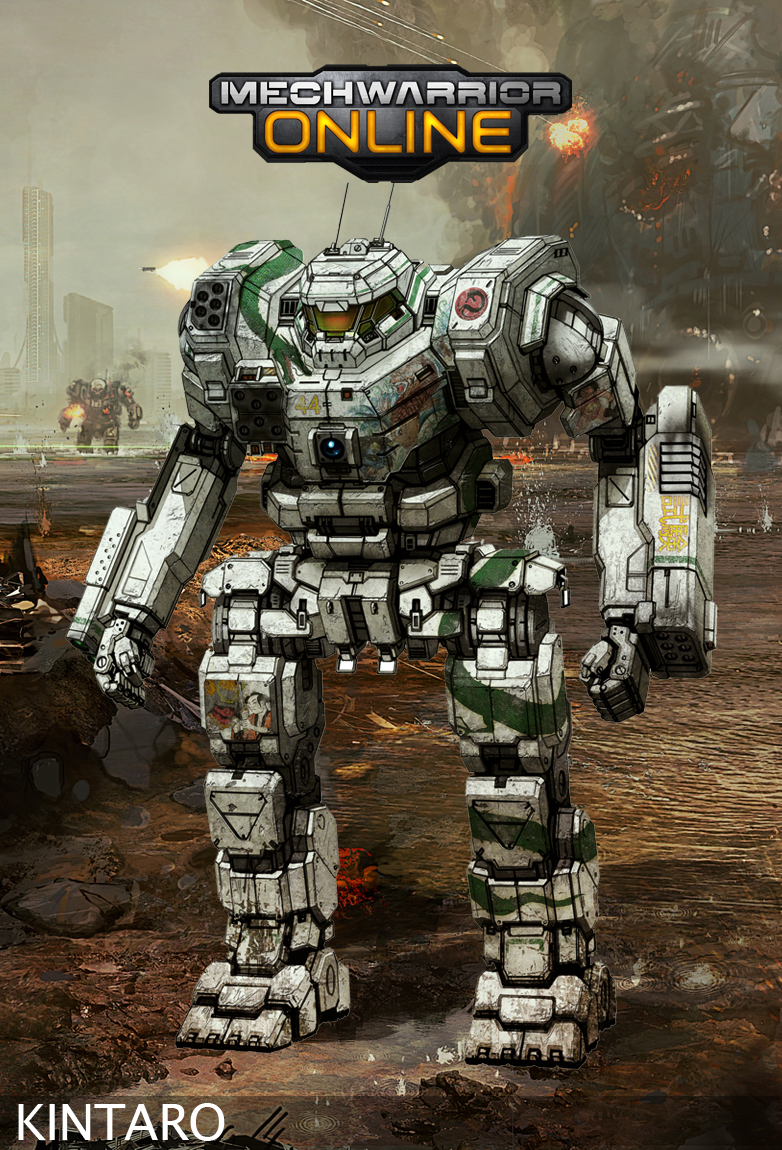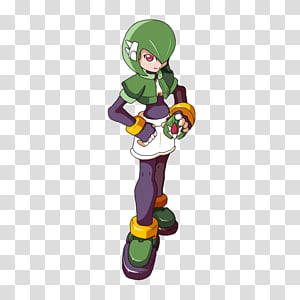

This mech buying guide is designed to give players who want to get into competitive MWO an idea of what to go for in terms of mechs and builds. I tried not to go on for too long about the intricacies of each point, but if you have any questions feel free to post them in the.Step 1: Decide on a roleWhile you don’t have to lock into one particular role and in general you will have to engage in multiple playstyles as fits your drop commander’s deck, it’s not a bad idea to have a specialization. However, it’s natural to switch things up as you develop just because you never truly know which role you will be more suited for.
Annihilator Atlas Awesome Blackjack. Catapult Cataphract Centurion Cicada Commando. Daboku Daishi Devastator Dragon. Firefly Grand Dragon Highlander Hunchback. Jagermech Jenner. King Crab Mad Dog Mauler. Orion Raven. Schrek Shadow Hawk Spector Spider Stalker.
In the current meta, you have a few decisions to make as far as what sort of pilot you want to be.The first is whether you want to be primarily a light pilot. It’s not easy, and talented light pilots are few and far between, but if you enjoy it then I would definitely go for it. A big advantage to being a light pilot is that competitive teams always need more of them, so even if you can do nothing else, a competent light pilot will have a good chance to be recruited.However, if you’ve given it a try and playing lights just isn’t for you, you may want to pick a range bracket to specialize in at the start. I’ve divided ranges into 3 groups: short range (focusing on engagements between 0 and 300 meters), medium range (focusing on engagements between 300 and 700 meters), and long range (focusing on engagements between 700 and 1100 meters). In general, you will still have to bring mechs for all of these ranges due to the way competitive drops are set up with all of the assorted restrictions that go along with it (weight caps, banned weapons, selected maps and selected game modes for instance), but it’s a good idea to start with a concentration.Step 2: Buy and master your role’s mechsOnce you know what you want to play as, you need to get the mechs to play in that role. The rest of this article is devoted to the optimal mechs to buy and the best order(s).
Since this is a buying guide, I won’t include any chassis that you can’t actually, yaknow, buy. Since you need 3 variants of each chassis, I’ve included builds for at least 3 variants (4 for the ones with viable Hero mechs, and 5 forspecial circumstances). The variants are listed in the general order of how competitively useful they are, though sometimes two variants are used for different roles so don’t take their order as a definitive “this one’s better” kind of deal.
I also took the liberty of italicizing all of the mech builds I specified that are optimal for competitive play (often, you will see other variants fielded in restricted matches such as Marik Civil War, or when a pilot does not own a particular variant). I’ve also made the title of each Chassis’ section be the link to its Master Guide, if one is available.Light Pilot’s Buying Guide Chassis 1: JennerThe Oxide is, at the moment, the most-used competitive light mech in the game, which makes it hard to recommend a light chassis over this one. The issue is that it is a hero mech, and if you don’t feel like shelling out the MC for the Oxide specifically, I would just ignore the Jenner entirely and move on to the rest of the bunch. Since there’s no Master Guide yet, the other 2 variants you’ll want for Mastering the Oxide are the and.Not only is the JR7-IIC the most brutal light mech variant in the game, but the JR7-IIC-A sees a good deal of play as well, making the Jenner IIC a great chassis to pick up for comp.
Each build is a bit situational, but it’s important for any competitive light pilot to have these bad boys mastered.,The Arctic Cheetah is the first Clan Light which fits the role established by the strong IS lights as a super-fast small mech which can do a lot of damage over time at short range. Occasionally, you have an added benefit of it offering an extra 5 tons to play with in tonnage drops, over the 35-tonners. Its popularity has been losing out to the Jenner IIC and Oxide, but it is still a very solid choice.Chassis 4: SpiderThis is a bit of a weird one. The SDR-5K’s crazy quirks (and hitboxes) have made it actually kind of legit, but unfortunately that is the only variant worth taking in comp. Even in PUGs, the others can be quite disappointing, but I feel that even if you’re not planning on taking it to comp, it’s important to understand the mech and having the option is never a bad thing. Since there’s no Master Guide yet, the other 2 variants you’ll want for mastering the SDR-5K are the andI guess the It is safe to say that the era of long-range light mechs has come to an end, but being able to play this style can be very important, particularly on maps like Alpine Peaks.
A short-ranged light mech will almost always offer more utility, but every once in a while you may be asked to take out an ER Large Raven, so it’s best you be ready.,Obviously, it’s not a light mech. But it is a competitive mech, and plays more like a light than a medium, which means that a light pilot will have a stronger background to draw from while playing it than a big pilot would have. It is an absolute beast of a brawler and has viable builds at medium range as well, but its main use is in drops where light mechs are not allowed and you want a fast mech for scouting or capping.,Being a light pilot is definitely the least financially taxing choice with the lowest entry bar, since light mechs in general are the cheapest. Being a competent light pilot is much more about skill than it is about being able to buy mechs, so the most important thing is to practice, rather than farming C-Bills.Non-Light Pilot’s Buying GuideThe non-light mechs (or “bigs”) play pretty similarly, but there are a few distinct sort of specializations that you might see, and a few way to break down these specializations. For the record, this isn’t every single mech you’ll ever see in competitive play, but it is all the ones that I feel are currently relevant and which I could easily see including in a drop deck myself. Obviously, if you have a DC who wants you to get a specific mech not on the list, or low in the listed priorityyou should probably get that mech ASAP. Core MechsBlack Knight, Banshee, BlackjackThese three mechs are basically all that you need in order to fill a slot in comp and I recommend picking them up right off the bat so that you understand why they’re good.
Biometal, known as Livemetal (ライブメタル Raibumetaru) in Japan, is a substance from the Mega Man ZX series that stores the data (e.g. Personality or battle data) of a Reploid or human, and can be created by more than one process. 
After that, you can look at specializing, or you can just try to maximize your usefulness by practicing the most useful mechs.Generically UsefulGrasshopper, Griffin, Battlemaster, Timber Wolf, Hunchback IIC, Mauler, Atlas, Jagermech, Stormcrow, Dire Wolf, Quickdraw, Enforcer, Shadow Hawk, Hunchback, Shadow Cat, Trebuchet, Nova, Stalker, GargoyleReally not using “generically” in a bad way here – being able to fill mechs on demand is incredibly valuable, and it makes your DC’s job so much easier. In SJR we take for granted that someone can always switch to that one chassis, but most teams aren’t so fortunate. Be the hero your DC needs.FattiesMauler, Battlemaster, Atlas, Dire Wolf, StalkerSince the agility nerf, I’ve noticed that the bulkiest mechs have started to feel different than their cousins. They’re still terribly similar, but playing these mechs extensively will get you more accustomed to the subtle differences and more comfortable playing them.BrawlersGriffin, Shadowhawk, Hunchback, Atlas, Nova, Stormcrow, Timber Wolf, GargoyleSome of these brawlers play much differently from one another, but they’ll all be in varying levels of demand in any sort of brawling drop.
Although it is an official product, the subject of this article does not meet the current criteria for for the BattleTech universe.See the article's section on Canonicity for details.MechWarrior OnlineProduct informationTypeComputer gameDevelopmentPublication informationPublisherPiranha GamesFirst published2012Free to PlayContentSeriesMechWarrior Online ( MWO) is a -themed online multiplayer simulation game by and for. MWO went into publicly accessible Open Beta on 29th of October 2012 and was officially released on September 17th, 2013.It was originally intended as a reboot of the series of computer games and announced as ' MechWarrior' (frequently referred to as ' MechWarrior 5' by fans, as the series had four previous installments), with a single-player storyline. That concept fell through, and development moved to an online multiplayer game concept instead.
- Author: admin
- Category: Category